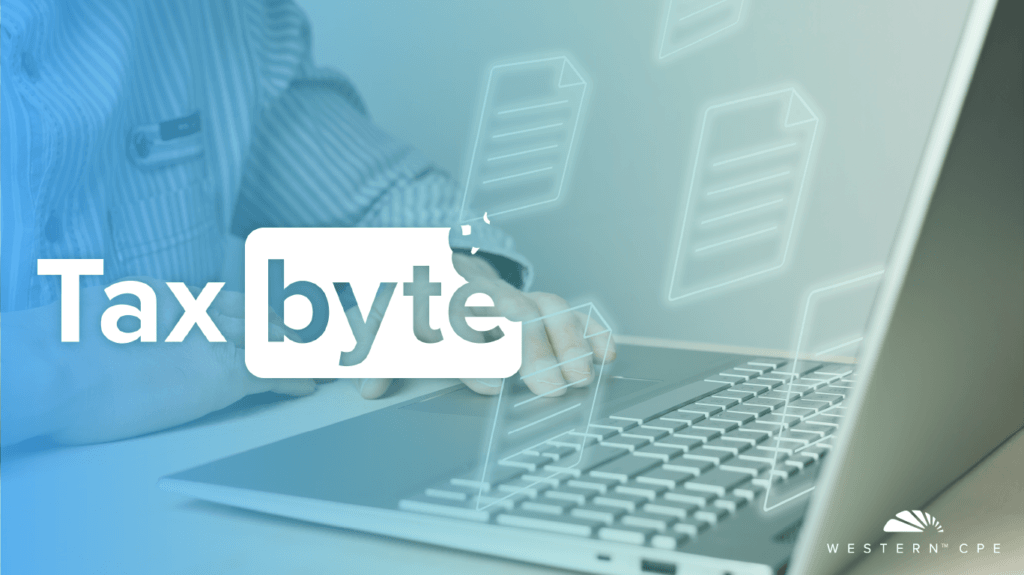
- |
- TaxByte
The Senate Finance Committee's version of the One Big Beautiful Bill Act (OBBBA) passed in
5 min read

Happy Friday, tax pros. The IRS has expanded your ability to electronically upload documents to resolve certain tax issues. Sounds like a win for everyone, as we can all agree that the less paper correspondence causing you headaches and adding to the agency’s backlog, the better.
Digital Correspondence: The IRS developed its “Document Upload Tool” in 2021 and has since been testing the digital correspondence feature on a limited number of exam-related notices. The IRS announced yesterday that it is expanding the tool’s function to include several more CP notices, which will allow taxpayers to respond within 30 days by submitting certain requested documents electronically.
Qualifying Notices: The nine qualifying notices added to the Document Upload Tool are as follows:
Language on the notice will now instruct taxpayers to “send us your documents using the Documentation Upload Tool within 30 days from the date of this notice.” The notice will include the link and a unique access code.
Mo’ Money, Mo’…Service?: With the IRS’s recent funding boost under the Inflation Reduction Act (117-169), it is expected to quickly ramp up its taxpayer service efforts and overall business modernization. The IRS states it will continue its digital correspondence expansion to apply to dozens of other notices and taxpayer interactions in the coming months.
“This capability is another step forward by the IRS to help taxpayers and improve service,” said IRS Acting Commissioner Doug O’Donnell. “This provides immediate benefits to taxpayers, who have nearly instant confirmation that documents were received by the IRS. In turn, this will dramatically speed up the resolution of issues by removing a time-consuming step in the process. This means people can have their issues resolved much faster, including getting refunds to affected taxpayers faster. We will continue to look at improvements like this as we work to transform the IRS following passage of the Inflation Reduction Act last year.”

Stay updated with more breaking tax-related developments by subscribing to Tax Bytes with Jessica Jeane, J.D.






Subscribe to our news, analysis, and updates to receive 10% off your first purchase of an on-demand digital CPE course.